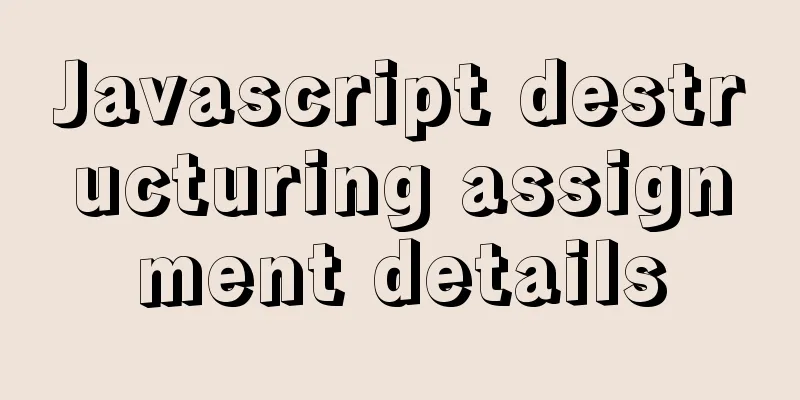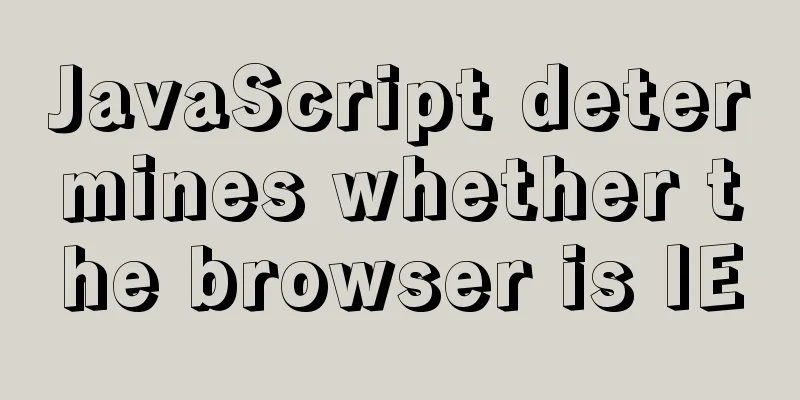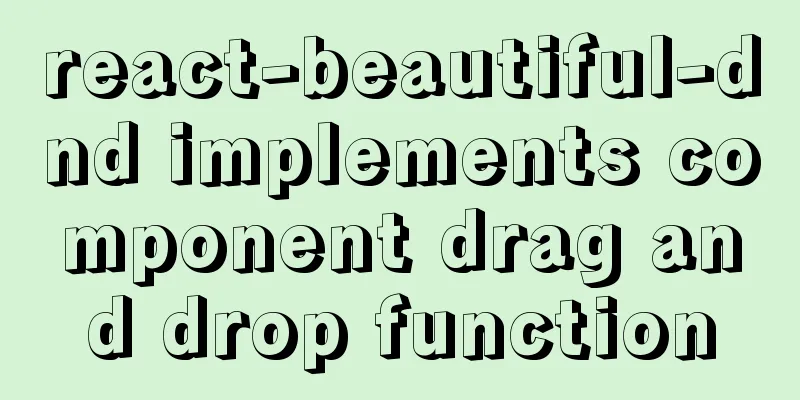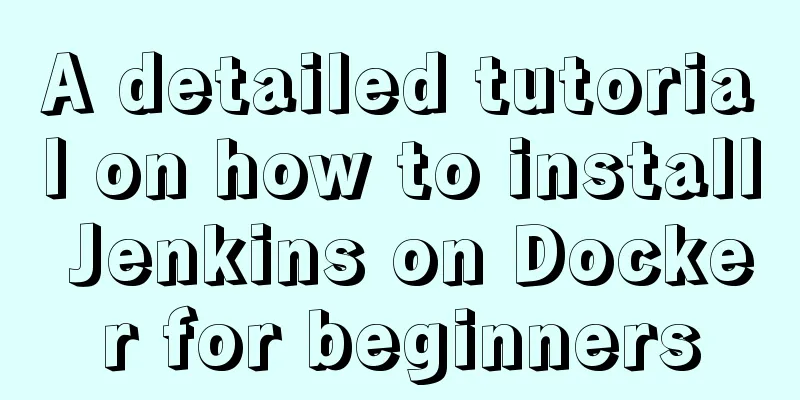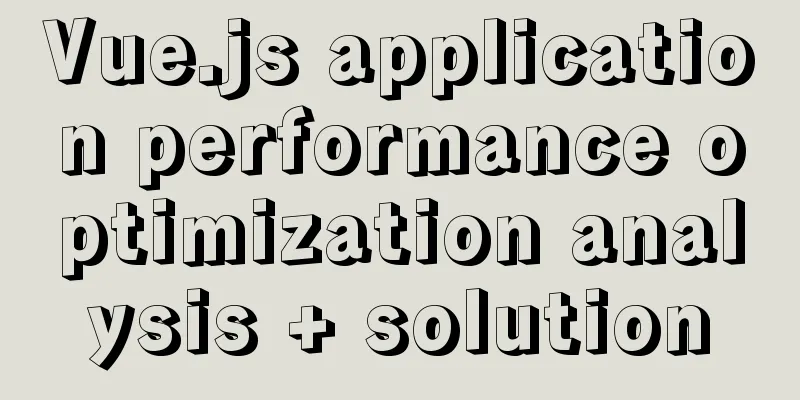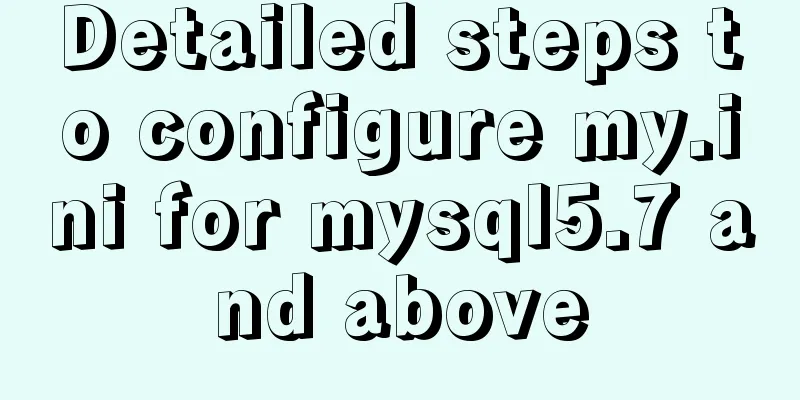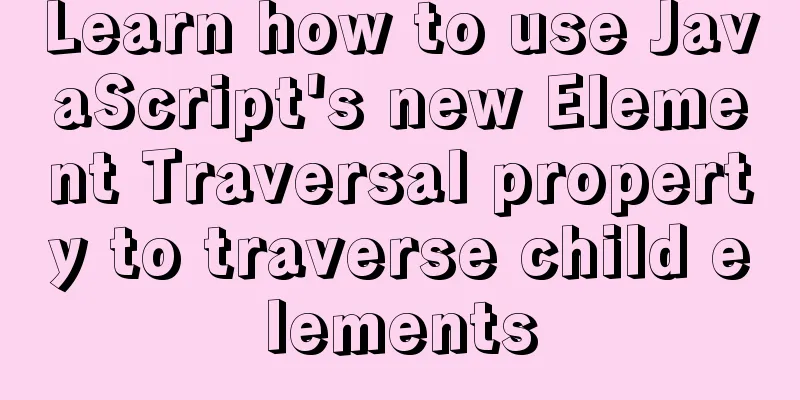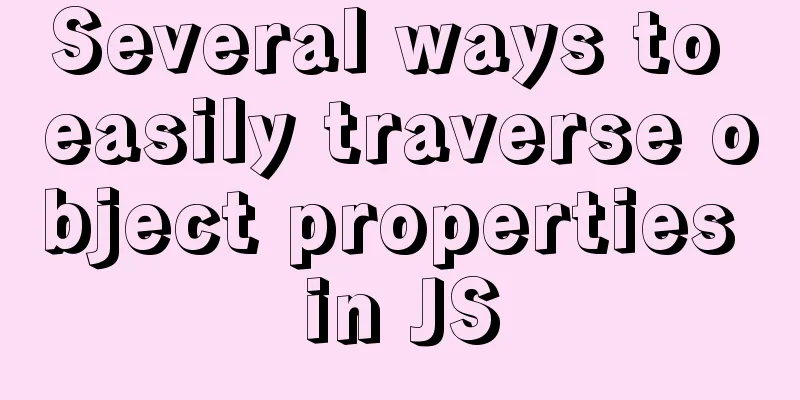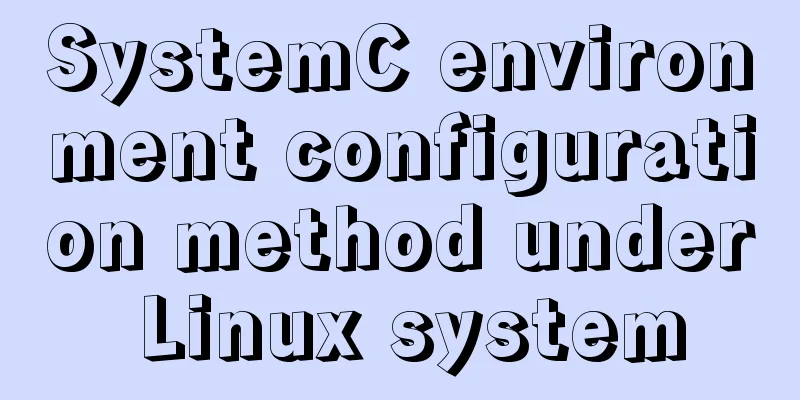Detailed example of inserting custom HTML records in Quill editor
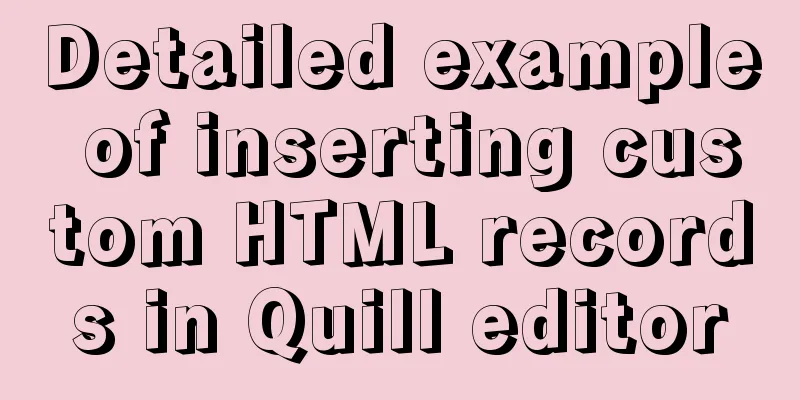
|
It is already 2020. Hungry humans are no longer satisfied with simple texts, so there are fancy texts with various styles. However, having texts is not enough. We also need to allow users to insert various custom message types when editing, so that the soft articles we send out will be more beautiful. Therefore, this article is written. Preface Due to the rich text filtering that comes with the Quill editor (most mainstream editors will filter rich text), developers encounter a lot of trouble when they want to configure custom HTML templates. 1. Quill rendering logic analysis In order to customize the HTML block content in Quill, you first need to understand Quill's internal rendering process. Here are a few key concepts to understand: 1. Delta Delta is a data format defined within Quill, which is used to represent document content and document modification operations. It is easy to read and has a simple format. Document content is maintained in the form of Delta. HTML content and Delta can be converted into each other. For example:
Such a rich text will be represented in the following format:
{
"ops":[
{"insert":"this is a simple text.\\nbut when "},
{"attributes":{"bold":true},"insert":"it is "},
{"insert":"not bold.\\nlet me try "},
{"attributes":{"italic":true},"insert":"italic "},
{"insert":"haha\\nwhat about "}, {"attributes":
{"italic":true,"bold":true},"insert":"both"},
{"insert":" ?\\n"} ]
}"Ordinary text will be defined as insert actions, each item represents a delta, which is a description of the text content. Similarly, if modification or deletion occurs, a corresponding delta will be generated, and then the newly generated change delta will be merged with the original delta to generate a new delta. (Delta contains three operations: insert, delete, retain) Keep the first 10 characters and bold the following 20 characters. The delta is as follows:
{
"ops": [
{ "retain": },
{ "retain": , "attributes": { "bold": } }
]
}Keep the first 10 characters and delete the following 20 characters as follows:
{
"ops": [
{ "retain": },
{ "delete": }
]
}2. Parchment Parchment is an abstract document model that manages Blots. If Parchment is understood as a complete DOM tree structure, then Blot is a single node in it. In addition to the default ones in Quill, Blot also allows us to customize it, providing more room for expansion. 3. Blot Blot is a component of the Parchment document, which is equivalent to the abstraction of the DOM node type. However, a specific Blot instance still contains other node information. The global root node Blot is a Scroll type Blot customized by Quill, which manages all the Blots under it. For the implementation definition of Blot, please refer to here: https://github.com/quilljs/parchment#blots The default definition of Blot in Quill is as follows:
Common ones include TextBlot (ordinary text in a line), Inline (ordinary text with styles in a line), Block (block-level line, usually in paragraphs p), Break (line break), Image (image IMG insertion), and Bold (bold text). How does a piece of HTML construct a Blot? Quill will prioritize excluding text nodes based on the node type. If it is an element node, it will be judged again based on the node's ClassName. If a matching BlotName still cannot be found, the following mapping relationship will be matched by default to find the corresponding BlotClass.
4. The practical significance of Delta Since we already have Blot to represent our content structure, why do we still need Delta? Delta itself is just a maintenance of content data. That is to say, any update of HTML, whether it is user input or API operation, will be synchronously updated to Delta. If Delta is not used as the data source of HTML, then what is the point of maintaining a copy of Delta data? If HTML => Delta, but Delta=>HTML does not exist, then what is the point of constantly maintaining a delta? 1. Generating HTML from Delta actually exists, but its application scenario is limited to initializing the document. Quill will parse the incoming initialization HTML string and generate the corresponding Delta. Then, by applying Delta, it will generate a DOM node and display it on the page. 2. You may still not be satisfied with this. Why do we have to go through this process? Can't we just use a string document.getElementById('container').innerHTML = val during initialization? Yes, you can, but the existence of Delta makes the user's document more granular, easier to maintain, and traceable. If A and B are editing a document at the same time, and A deletes 10 characters in the second line, there is no need to update the entire document content. Instead, A only needs to submit an action to synchronize his own behavior, and B only needs to resolve the conflict and then merge. Although Delta maintenance makes the logic more complicated, its existence also allows for more possibilities for document expansion. 5. Editor rendering and update process There are three ways to modify the content: 1. Initialize the editor content: Initialize the call to quill.pasteHTML, and echo it to the edit box after HTML filtering and parsing. 2. Input Event: User input and editing operations are monitored and processed by MutationObserver to update delta. 3. API call: Call the internally provided API through the modify method, and then call the method of the global Scroll instance to modify it.
2. Insert a custom HTML block As article content becomes more and more diverse, there is a need to insert maps, music players, advertising panels, etc. into articles, which requires us to expand the rich text editor with more functions. But at the same time, we must also do a good job of xss protection attack. According to the first part, we need to insert a custom HTML block and Quill must be able to recognize it. You must have thought of it, we need to customize a Blot. By defining the Blot method, Quill can recognize our HTML block display during initialization, and it also prevents Quill from filtering dirty HTML when inserting HTML blocks. The registration Blot method is as follows:
export default function (Quill) {
// Import BlockEmbed from the source code
const BlockEmbed = Quill.import('blots/block/embed');
// Define a new blot type class AppPanelEmbed extends BlockEmbed {
static create(value) {
const node = super.create(value);
node.setAttribute('contenteditable', 'false');
node.setAttribute('width', '100%');
// Set custom html
node.innerHTML = this.transformValue(value)
return node;
}
static transformValue(value) {
let handleArr = value.split('\n')
handleArr = handleArr.map(e => e.replace(/^[\s]+/, '')
.replace(/[\s]+$/, ''))
return handleArr.join('')
}
// Return the value of the node itself for undoing the operation static value(node) {
return node.innerHTML
}
}
// blotName
AppPanelEmbed.blotName = 'AppPanelEmbed';
// The class name will be used to match the blot name AppPanelEmbed.className = 'embed-innerApp';
// Customize tag type AppPanelEmbed.tagName = 'div';
Quill.register(AppPanelEmbed, true);
}Next you just need to call it like this to insert a custom HTML block into the editor:
quill.insertEmbed(quill.getSelection().index || 0, 'AppPanelEmbed', `
<div class="app_card_header">
Custom panel title</div>
<div class="app_card_content">
Customize panel content</div>
<div class="app_card_footer">
footer
</div>
`);The parameter format requirements are as follows: insertEmbed(index: Number, type: String, value: any, source: String \= 'api'): Delta This is just a simple example. If you want to enrich the functions of custom Blot, you can refer to: https://github.com/quilljs/parchment#blots Since the contenteditable attribute is released, in order to prevent XSS attacks, we need to perform special filtering on this attribute. Here we take the XSS module processing as an example:
handleWithXss(content) {
const options = {
whiteList: {
...
div: ['class', 'style', 'data-id', 'contenteditable'],
...
},
css: {
whiteList: {
color: true,
'background-color': true,
'max-width': true,
},
},
stripIgnoreTag: true,
onTagAttr: (tag, name, value, isWhiteAttr) => {
// Processing contenteditable for div if (isWhiteAttr && tag === 'div' && name === 'contenteditable') {
return 'contenteditable="false"';
}
},
} // Custom rules const myxss = new xss.FilterXSS(options)
return myxss.process(content)
}This is the end of this article about inserting custom HTML records in Quill editor. For more relevant Quill editor custom HTML content, please search 123WORDPRESS.COM’s previous articles or continue to browse the related articles below. I hope you will support 123WORDPRESS.COM in the future! |
<<: Cross-origin image resource permissions (CORS enabled image)
>>: Six border transition effects implemented by CSS3
Recommend
CSS3 property line-clamp controls the use of text lines
Description: Limit the number of lines of text di...
Detailed explanation of the use of umask under Linux
I recently started learning Linux. After reading ...
A Deep Dive into the MySQL InnoDB Storage Engine
Preface In MySQL, InnoDB belongs to the storage e...
Simple steps to write custom instructions in Vue3.0
Preface Vue provides a wealth of built-in directi...
A summary of the reasons why Mysql does not use date field index
Table of contents background explore Summarize ba...
Vue: Detailed explanation of memory leaks
What is a memory leak? A memory leak means that a...
The process of installing Docker on Windows Server 2016 and the problems encountered
Prerequisites To run containers on Windows Server...
HTML Tutorial: Collection of commonly used HTML tags (4)
Related articles: Beginners learn some HTML tags ...
How to manage cached pages in Vue
Table of contents Problem 1: Destruction 1. How t...
MySQL implements multi-table association statistics (subquery statistics) example
This article uses an example to describe how to i...
Vue elementUI form nested table and verification of each row detailed explanation
Table of contents Effect display Code Link Key Co...
Steps to solve the MySQL 8.0 time zone problem
Software Version Windows: Windows 10 MySQL: mysql...
VUE introduces the implementation of using G2 charts
Table of contents About G2 Chart use Complete cod...
A brief discussion on the Linux kernel's support for floating-point operations
Currently, most CPUs support floating-point units...
Summarize the common properties of BigIn functions in JavaScript
Table of contents 1. Overview 2. Attributes 1. Ma...




